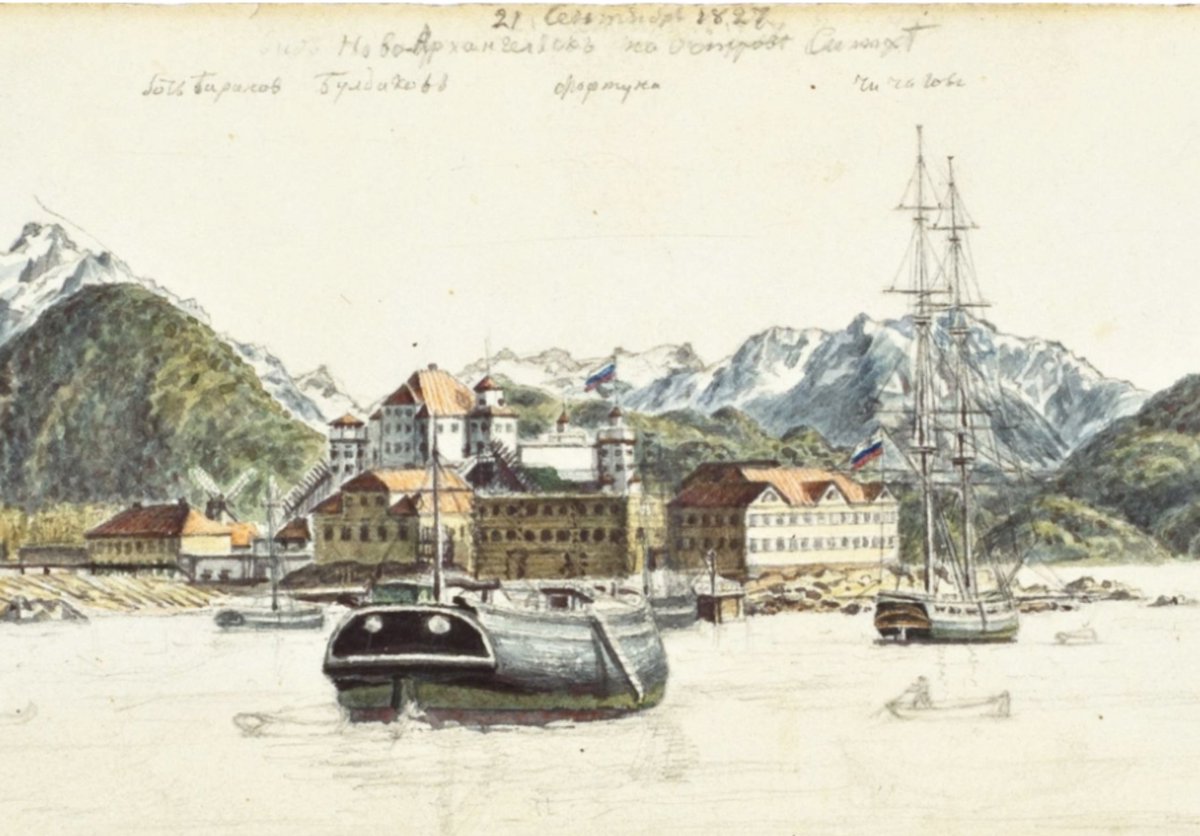The Russian army has never showed up anywhere near the Ukrainian city of Zaporizhzhia, but this didn't stop Russian officials from creating a database of its buildings to proclaim them the property of Russia. Let's take a look at Russia's "paper annexation" of Zaporizhzhia. 👇 

Russia's Federal Service for State Registration, Cadastre and Cartography, "Rosreestr," has included Zaporizhzhia in its real estate database. This means that the entire city, with all its streets and buildings, is listed there as belonging to Russia. Take this example: 2/
On this yesterday's video, kids walking in one of the central parks in Zaporizhzhia watch with horror as a Russian missile flies just over their heads and, moments later, hits one of the main hotels in town. Russia essentially claims that the hotel is within its borders. 3/
Curiously, streets are mentioned there just as they are called in the real – Ukrainian – city (or were called as of 2022). This means that the "virtual" Zaporizhzhia, "possessed" by Russia on paper, has Independent Ukraine St. 5/ 

No matter how ridiculous it sounds, Russia will not abandon its claims on Zaporizhzhia unless it's stopped. In the meantime, Russia's claims on the city result in the never-ending horror as Russian attacks take the lives of its residents on the daily basis. end/
• • •
Missing some Tweet in this thread? You can try to
force a refresh




















